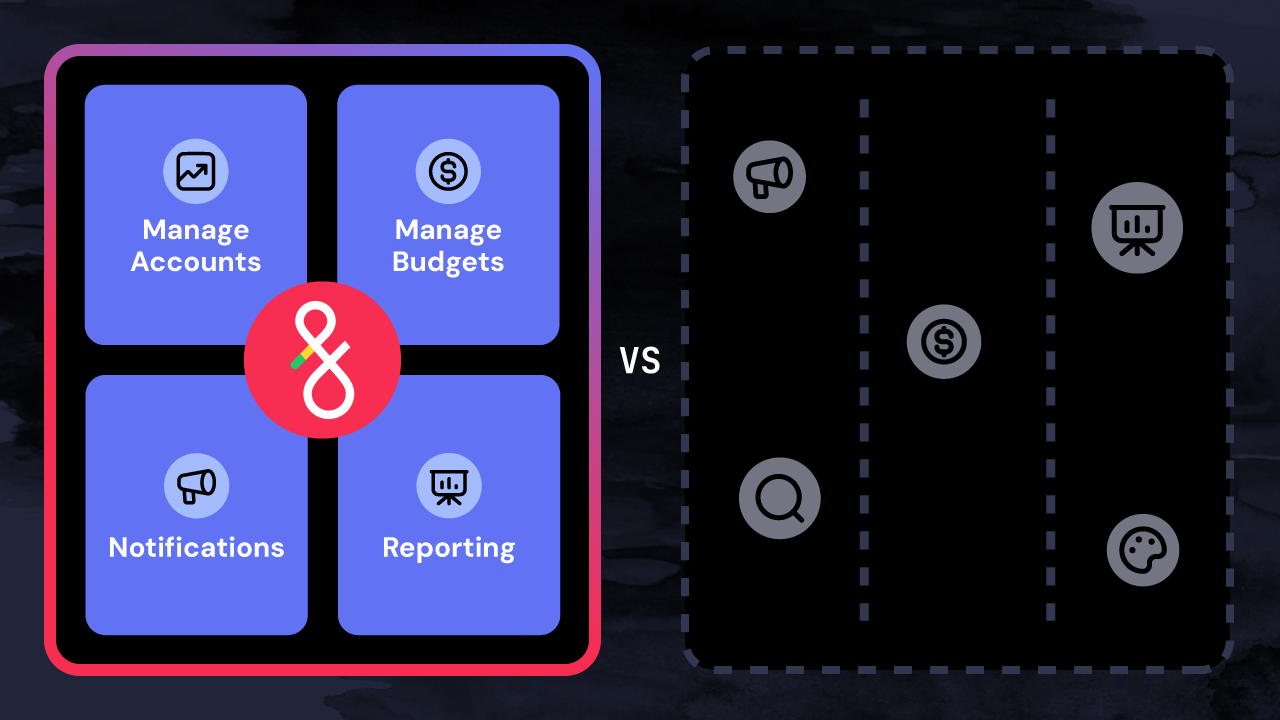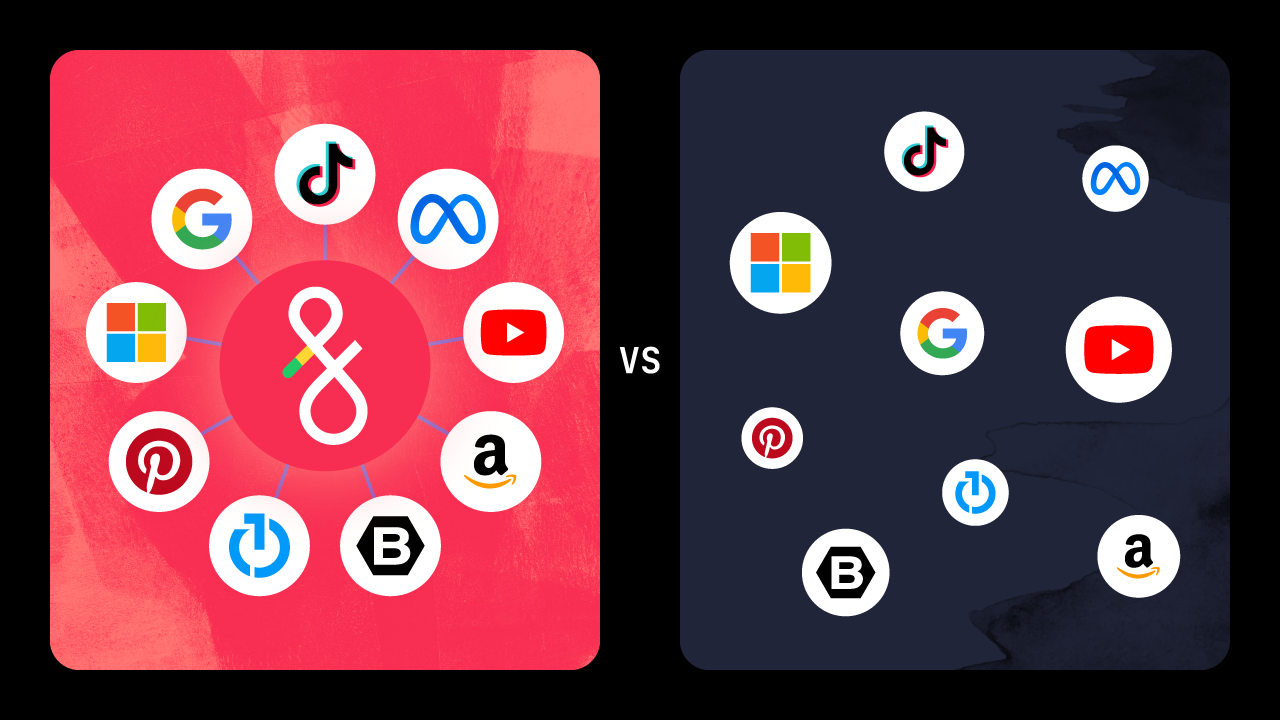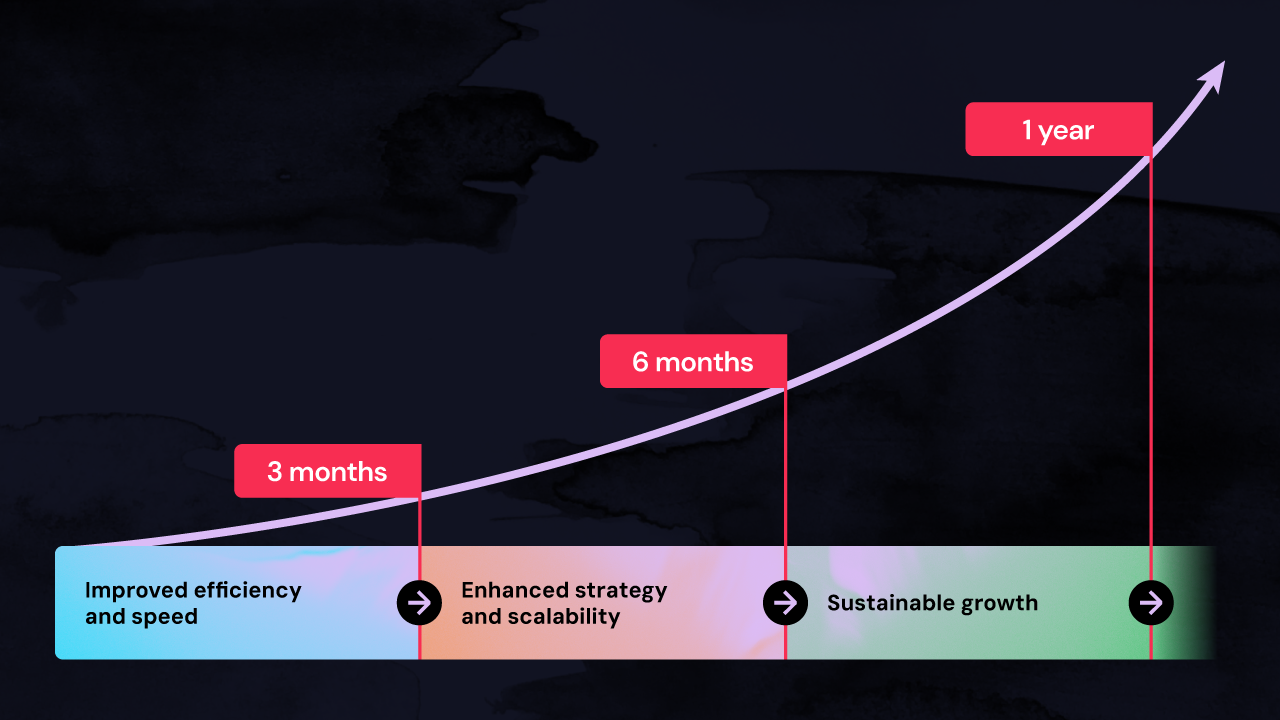Political advertising is a complex landscape in today’s digitally interconnected world. One of the most prominent challenges is striking a delicate balance between broadcasting a persuasive message, maintaining authenticity, and delivering locally-relevant messaging at scale
Despite these complexities, political advertising remains an integral tool in the democratic process, facilitating dialogue and engagement between politicians and the public. In fact, a fresh projection suggests that the budget for advertising related to U.S. elections and advocacy concerns will be $16 billion in 2024—a 31.2% increase when compared to the 2020 presidential election.
In this article, we’ll explore the potential challenges of political advertising in today’s climate and ways in which agencies can properly scale their efforts for the upcoming 2024 election.
Contemporary Political Environment: Challenges in Campaign Advertising
In today's politically-charged world, Technology plays a central role in political advertising—touching every aspect of campaign strategy, including:
New and constantly evolving regulations
One significant concern politicians and their respective advertisers have in this upcoming season is remaining compliant with the new and evolving government regulations. Earlier this year, for example, the European Union agreed to a new set of advertising rules due to the rising concerns of informational manipulation and foreign interference in elections. Additionally, the Federal Election Commission (FEC) is grappling with how to regulate AI-based tools, and deepfake technology in political campaigns, which can generate realistic, yet fake, images and video content. As such, political advertisers need to stay on top of developing government regulations to ensure their campaigns remain compliant and effective.
Misuse of technology and misinformation
Another concern in the upcoming election season is the potential misuse of Generative AI in spreading misinformation. Due to the amplified reach politicians have with today’s technology, misinformation can spread rapidly. Ensuring the accuracy and truthfulness of political ads has taken on paramount importance.
Recently, following a Google announcement in September 2023, Meta decided in November 2023 to prevent the use of its AI-Generative ad products in political ads amongst other industries. However, a few weeks later, Meta updated the policy to allow political advertisers to use AI-Generative Ad tools, but with a requirement to disclose the use of AI. This decision accentuates the need for transparency in ad campaigns.
Social media amplifies critical concerns, including the spread of misinformation
Social media has incredible influence over the public today, which only amplifies some of the aforementioned challenges. With its instantaneous nature and vast reach, social media platforms have the power to amplify falsehoods and biased content, thus fueling polarization, eroding public trust, and making it increasingly difficult to distinguish fact from fiction.
Additionally, the ever-changing landscape of platforms presents a significant challenge for politicians seeking to enhance their online presence. For example, X’s (formerly Twitter’s) adoption of Threads highlights the need for adaptability. As ownership of social platforms shifts, so do their user base, interface, and algorithms—making it increasingly difficult to determine where to focus advertising efforts. Navigating these digital transformations demands ongoing reassessment and an agile approach to effectively engage and resonate with diverse audiences.
Creating and disseminating ads at massive scale remains a hurdle
Local news outlets play a pivotal role in shaping political campaigns; acting as information hubs and amplifiers of campaign messages, they hold the key to understanding the main concerns and issues voters are passionate about. By analyzing local news reports, campaign teams can effectively tailor their strategies to resonate with their target audience.
However, political advertisers face challenges in scaling their operations and customizing messages across diverse platforms, hindering their ability to adapt campaign strategies at the speed needed to capitalize on rapidly-changing news and opinions. As we approach the 2024 election year, political advertisers will need to embrace new approaches to successfully overcome these hurdles for a more engaging and impactful campaign experience, as well as the ability to quickly turnaround campaign initiatives and make necessary pivots in messaging.
Key Components of Scalable Digital Advertising for Political Campaigns
To overcome these challenges, political advertisers should focus their digital operations in a few key areas - all of which have evolved significantly in recent years to improve both strategic control at scale as well as targeting capability
There’s a few key operational workflows that political advertisers must focus on:
- One area is effective data integration, especially when it comes to polling data. This kind of information can provide valuable insights into voter behavior, preferences, and sentiment towards different issues. With these insights, politicians can customize their messages to better resonate with their target audience, increasing the chances of gaining support. By taking a data-driven approach, political advertisers can refine their strategies to focus on key voter segments and swing states, making sure their campaign messages address the concerns of these groups.
- Geo-targeting is another area of importance in a successful political advertising strategy. Effective geo-targeting allows campaigns to address specific geographical regions with messages tailored to the unique demographic and socio-economic characteristics of those areas.
- Lastly, flexible budgeting is another critical component of a well-rounded campaign strategy. By adjusting spending based on voting periods and targeting hot-button issues during peak times, campaigns can maximize their impact and make the most of their advertising budget. While there’s plenty of tactics to pursue in a campaign, it can all quickly become daunting when going to enable them—this is where automation can come in.
How Political Advertisers Can Leverage Automation in the Upcoming Election Year
As we approach the pivotal 2024 election year, there's a golden opportunity for political advertisers to significantly enhance the efficiency and impact of their campaigns. By harnessing the power of automation, campaigns can address the multifaceted challenges posed by political advertising and scale with precision. Automated systems streamline the creation and dissemination of ads, ensuring both efficiency and accuracy.
Harnessing the Power of Fluency's Tools for Effective Campaign Management in the Upcoming 2024 Election Season
At Fluency, our platform was engineered from the ground up to help enterprise agencies and brands—including those in political advertising—drive comprehensive advertising execution. Here’s just a few of the ways we can make the 2024 election season vastly more efficient.
Hyper Local Geo Targeting can be particularly helpful for local elections, allowing campaigns to target specific neighborhoods and congressional districts.
Data-Driven Automation uses popularity and poll data to automatically adjust your campaign. Specifically, Fluency's exclusive Blueprints feature can help political advertisers leverage polling data and, if approval ratings decrease, expand their reach or budget.
Budget Management allows campaigns to increase budgets as the political event gets closer, ensuring maximum impact. A research study conducted by Basis revealed that half of the digital advertising budgets for the 2022 midterms were expended in the 30 days leading up to Election Day. Interestingly, this expenditure comprised half of the total amount spent in the final 10 days before the election, indicating a last-minute push by campaigns striving to mobilize voters.
Broadcast offers a strategic solution to the fast-paced nature of political advertising by allowing ads to be scheduled and updated in advance or in real-time at scale. This ensures swift reactions to messaging changes and the seamless alignment with key election timelines and events—such as the state’s primary and Election Day—thus enhancing overall campaign agility and effectiveness.
Looking to maximize your political advertising efforts in 2024? Get in touch with us today.






